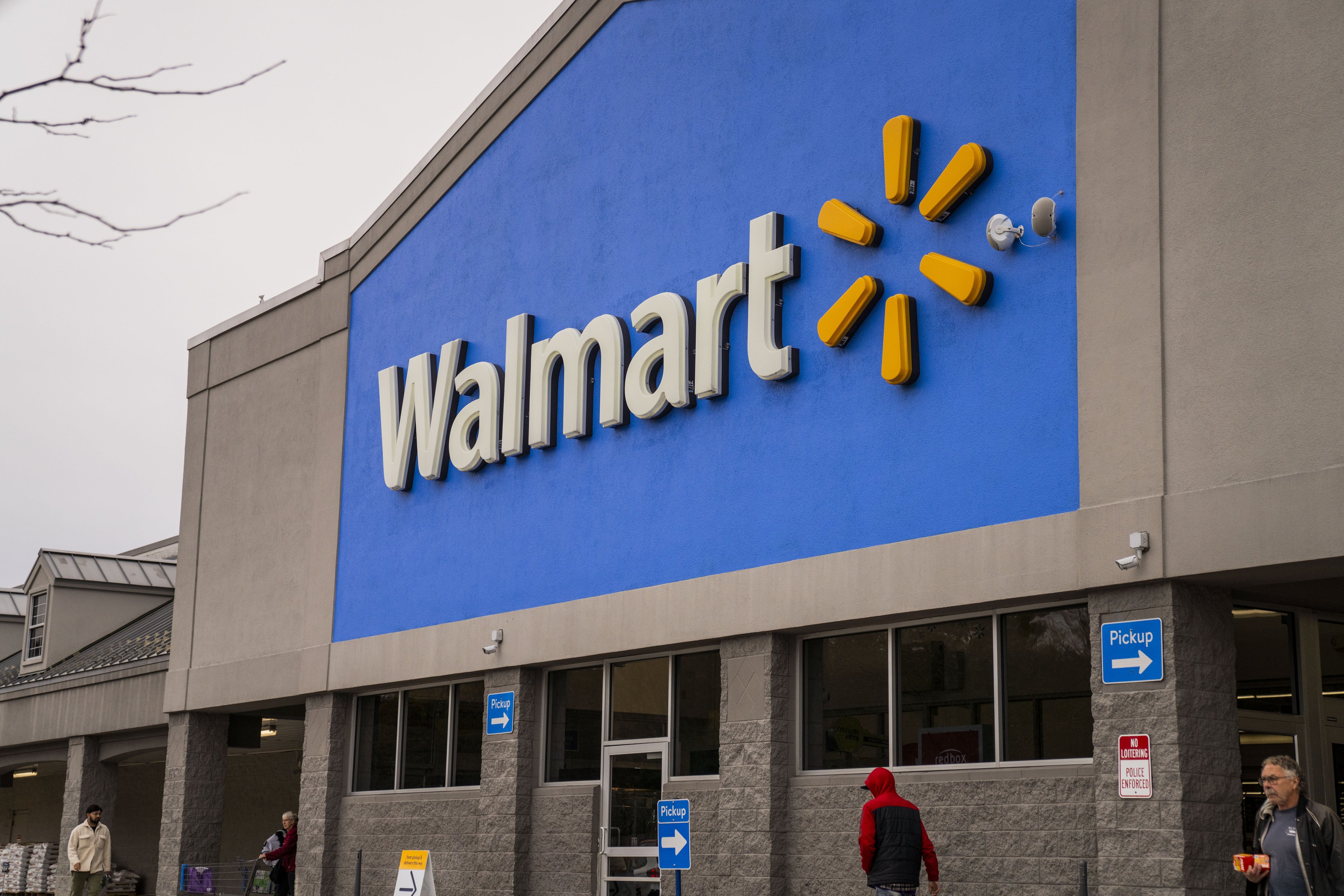When a well-respected company decides to expand internationally, investors generally expect good results. Expansion takes time to bear fruit, but in the case of Target (TGT 1.05%), several issues facing the company are within the company's control. If the company can improve its performance, it may hit its, well, target. However, if this expansion keeps causing problems, it could be investors who pay the price.
Better margins are usually a good thing
One of the more consistent themes behind Target's rise has been the chain's ability to maintain higher than average margins while growing sales. As an example, in each of the last three years the retailer's gross margin has been higher than 30%. This trend continued in the quarter ending August 2013, when Target managed a margin of more than 31%.
When you look at some of Target's largest competitors, none of them garnered a margin even close to Target. Amazon.com (AMZN +0.21%) ironically came the closest with a gross margin of almost 29%. By comparison, Wal-Mart (WMT 0.41%) and Kroger (KR 0.60%) managed margins of just 25% and 20%, respectively.
On the surface it sounds like Target is doing well by maintaining its high margins. The problem is, it seems like these margins may be hurting sales growth. In the last quarter, Target's U.S. division reported same-store sales growth of just 1.2%. However, behind the numbers we find that a near 3% increase in average sale offset a 1.4% decline in transactions.
Amazon has been growing sales by 20% or more for the last several years. Kroger reported same-store sales growth of 3.3%, and of these companies, just Wal-Mart reported slower same-store sales growth in its domestic operations. With both Amazon and Kroger reporting stronger sales growth than Target, it's not a jump in logic to believe that if Target lowered prices somewhat, its sales could improve.
Time to bring these costs under control
One of the issues that Target can directly control is its selling, general, and administrative expenses. While it's understandable that Target's expenses are somewhat higher because of the company's Canadian expansion, the company has to be careful not to let these expenses get out of control.
In the most recent quarter, Target's SG&A expenses represented 20.6% of revenue. Not only was this higher than last year's percentage, it was also higher than that of several of Target's competitors.
Wal-Mart's SG&A expenses came in at just over 19%. Kroger was even more efficient at about 15%. Amazon reported a higher SG&A percentage at over 28%, but as many people know, Amazon is spending plenty of money building warehouses and expanding furiously.
The fact that Target's SG&A percentage is rising is particularly important for investors to note. This percentage had been falling sequentially in each year from January 2011 through February 2013.
This number spells trouble for investors
While Target's gross margin could be costing sales and a higher SG&A percentage is an issue, there is no way around the fact that Target's cash flow is a problem that's hard to ignore. If you look at Target's core operating cash flow (net income + depreciation) the company reported an 11% decline on a year-over-year basis.
While Target's expansion into Canada presents short-term challenges, the company also says that its outlook in the U.S. "envisions continued cautious spending by consumers in the face of ongoing household budget pressures." What is ironic is the performance of Target's competition in light of these comments.
Amazon grew its operating cash flow by more than 40% year over year, Kroger reported a better than 6% increase, and Wal-Mart showed a better than 2% improvement. Given that each of these companies competes directly with Target, it's ironic that they each grew operating cash flow while Target's cash flow declined.
Longer-term, Target still has the chance to be a good investment. However, the company's international expansion threatens to put a damper on short-term results. Investors need to watch Target's same-store sales (specifically traffic trends) and its SG&A expenditures to make sure this decline in operating cash flow isn't a consistent problem.
If Target can manage its expansion correctly, it should add to the company's earnings long-term. If the company continues to run into problems, the stock's returns could be off-target.









